Powerful automation systems have been a great ally to water utilities looking to improve efficiency. These systems have become vital and largely mandatory by combining all important production metrics and highlighting areas of concern and opportunities for improvement. Motor power sensors and controls can play a key role in this quest for efficiency and can provide source data of increasing value to the utility.
Motor power sensors tell how much work the motor driving a process is doing. By making connections to the motors in a motor control cabinet, the motor power sensors are easy to install and require no maintenance. These sensors and controls provide a linear measure of metrics such as fluid pumped, viscosity of mixers, and workload of agitators and sludge collectors. Intrinsic in this power data is additional information that can assist water utilities in decision making of their processes.
On/Off Functionality
By connecting motors throughout the utility to the automation, or SCADA system, motor power sensors can provide an immediate view of any motors and their operational status. A motor measuring zero power is clearly not driving the attached pump, mixer, clarifier, etc. This feedback can be critical for remote pumping stations where unplanned downtime typically needs to be identified and addressed quickly.
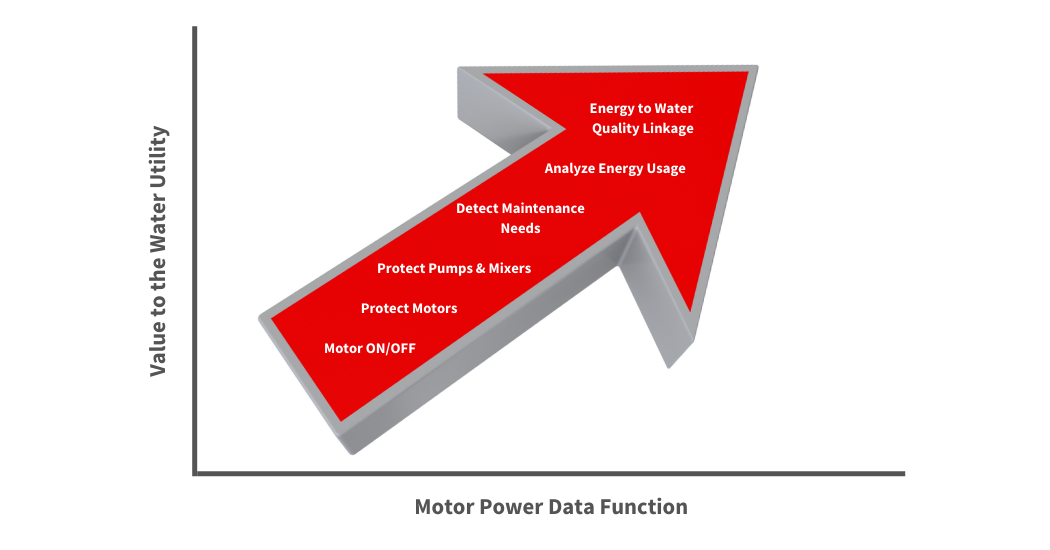 Protecting Motors
Protecting Motors
Electric motors drive the water utility. With electric motors that drive pumps using 60% up to 80% of all power consumed, it’s clear that the major investment in acquiring and operating motors needs to be protected. By sensing motor power increases that come with jams and impaired processes, a motor can be shut down before high temperatures and wear ensue.
Protecting Pumps, Mixers, Agitators and Sludge Collectors
The same motor power data that protects motors can be used to protect components attached to the motors such as pumps and mixer arms. Sensing motor power decreases that may indicate a pump has lost its prime and may suffer damage, or power increases that indicate a mixer arm is potentially stuck and about to bend or break can save the utility from downtime.
A large mid-Atlantic US based water utility utilizes a complete set of motor power controls as ‘electronic shear pins’ across the sludge collectors in their waste treatment facility. Sensing power increases that could indicate likely damage to the highly geared mechanisms can either trigger an alert or shut down the process. This protection allows the utility to operate at capacity without worry of unnecessary repair downtime that comes with taking a clarifier off-line for repairs.
Maintenance Awareness
Changes in motor power levels can also indicate a maintenance need. Increasing motor power requirement for similar workload may indicate a pump has become less efficient, perhaps through clogging or ragging. Similarly, an increase in motor power data for a mixer or clarifier could indicate bearing wear or drive mechanism alignment concerns.
A local water utility utilized pressure sensors to indicate when important pumps had become clogged with cooking oil, a common occurrence that requires cleaning of the pump internals. Unfortunately, the same oil that clogs the pump was causing the pressure sensor to be unreliable. A motor power sensor is able to reliably provide the same monitoring function, indicating when workloads have increased, and the pump needs maintenance. The power sensor is installed in the motor control cabinet, away from the cooking oil.
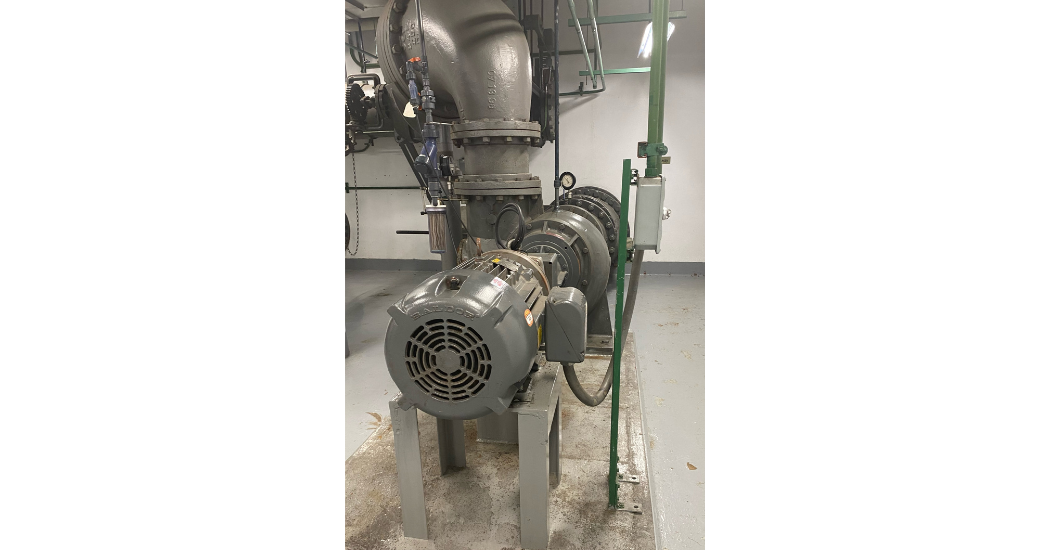 Analyze Motor Energy Usage
Analyze Motor Energy Usage
The same motor power data, measured in HP or KW, can be viewed over time to understand the cost of operating the motor (KWh). The ability to break down the energy bill by the largest consumers of the energy, and determine their patterns of energy demand, is critical to a water utility developing the roadmap to lower energy costs. Comparing measured motor HP to rated, or nameplate HP can indicate costly oversizing of motors. Analyzing individual motor contribution to peak workloads can offer insights into load shifting strategies.
Check with your local energy provider about potential rebates for purchasing power-saving equipment such as motor power sensors and controls. The investment may be offset by rebates designed to encourage energy saving projects.
The Linkage Between Energy and Water Quality
The final step to leveraging motor power data is the connection between energy that powers the utility and water quality produced. By comparing the input of energy and the output of treated waste the advanced utility is further able to understand the cost/benefit of different treatment alternatives. This knowledge adds tremendous value in charting the path to energy neutrality and a more sustainable future.
The UMass Water and Energy Lab, along with Load Controls and the Town of Amherst Water are teaming up to instrument the key motors in their environment, along with advanced water quality sensors. The goal is to understand the linkage between energy and chemical composition of key quality metrics throughout the waste treatment facility. Data will be gathered throughout Summer and Fall of 2022 with both relatively low summer occupancy and normal student presence in the Fall.
Motor power sensors and controls can play important roles in the Water/Waste utility environment. From simple feedback and process protection all the way up to energy assessment and process optimization.
Mike McClurg is the President of Load Controls. He can be reached at mike@loadcontrols.com, or www.loadcontrols.com

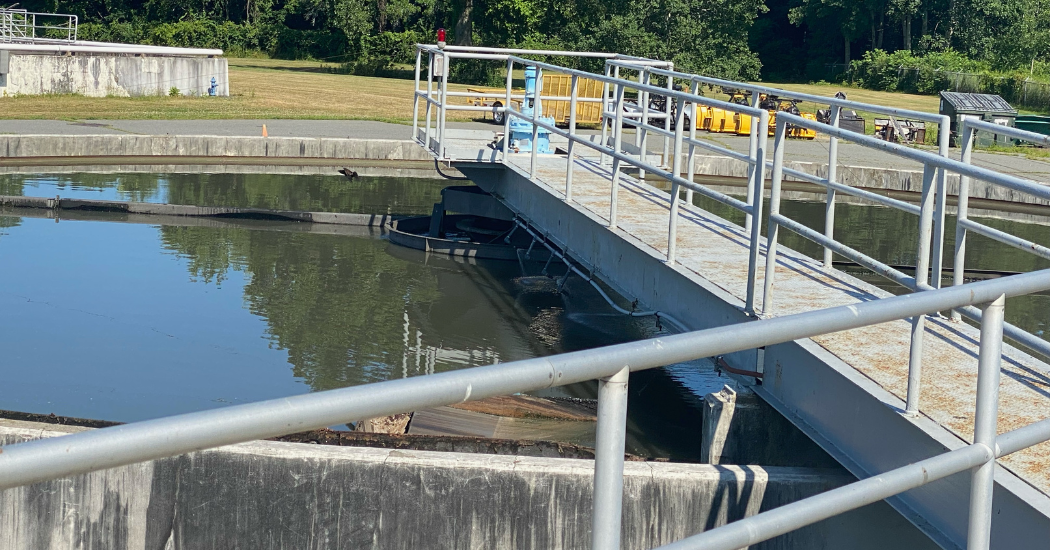
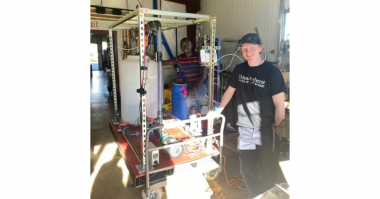
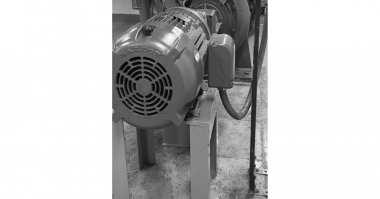
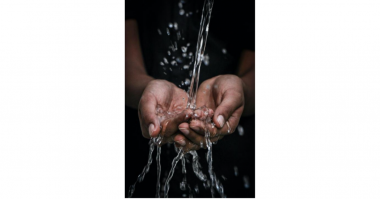
Comments